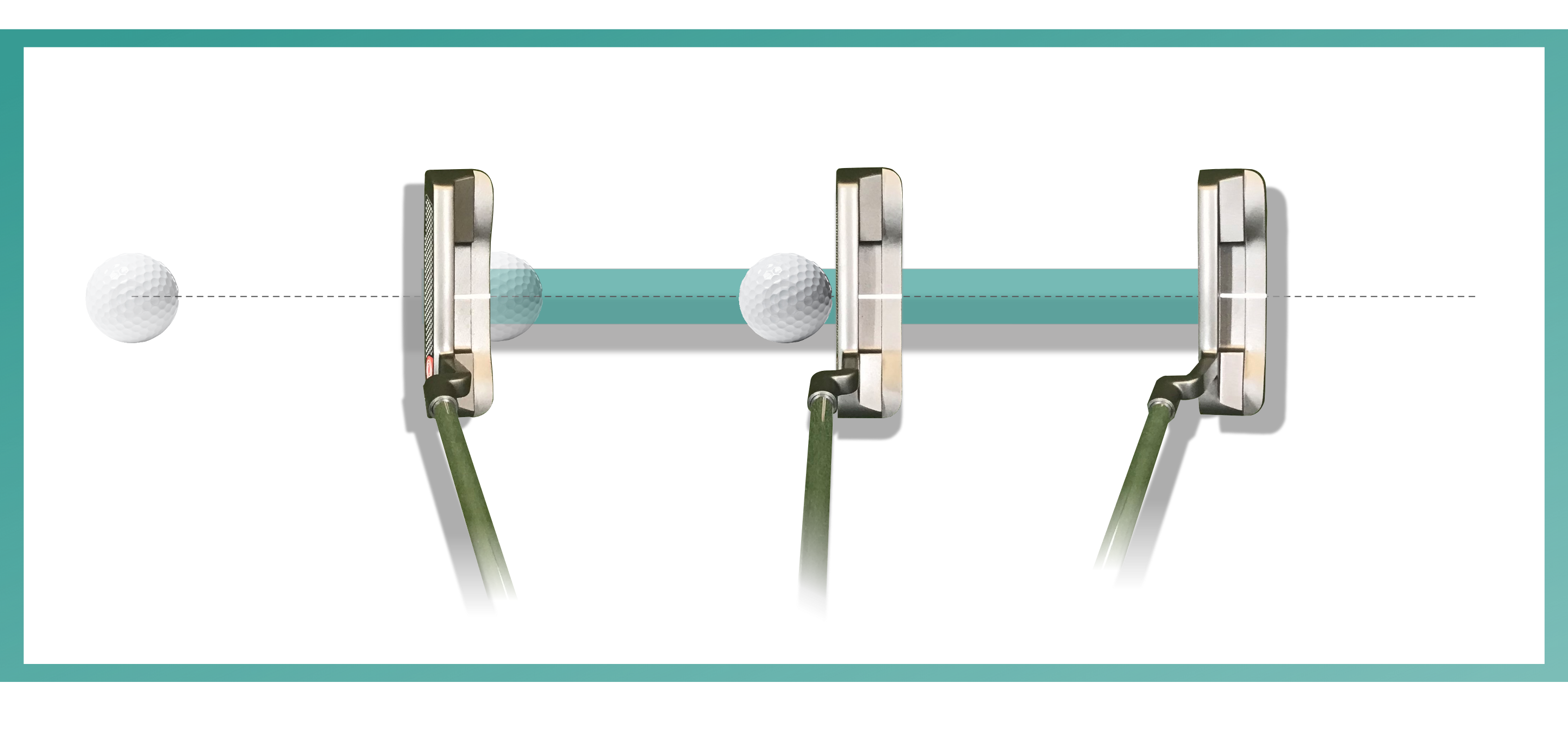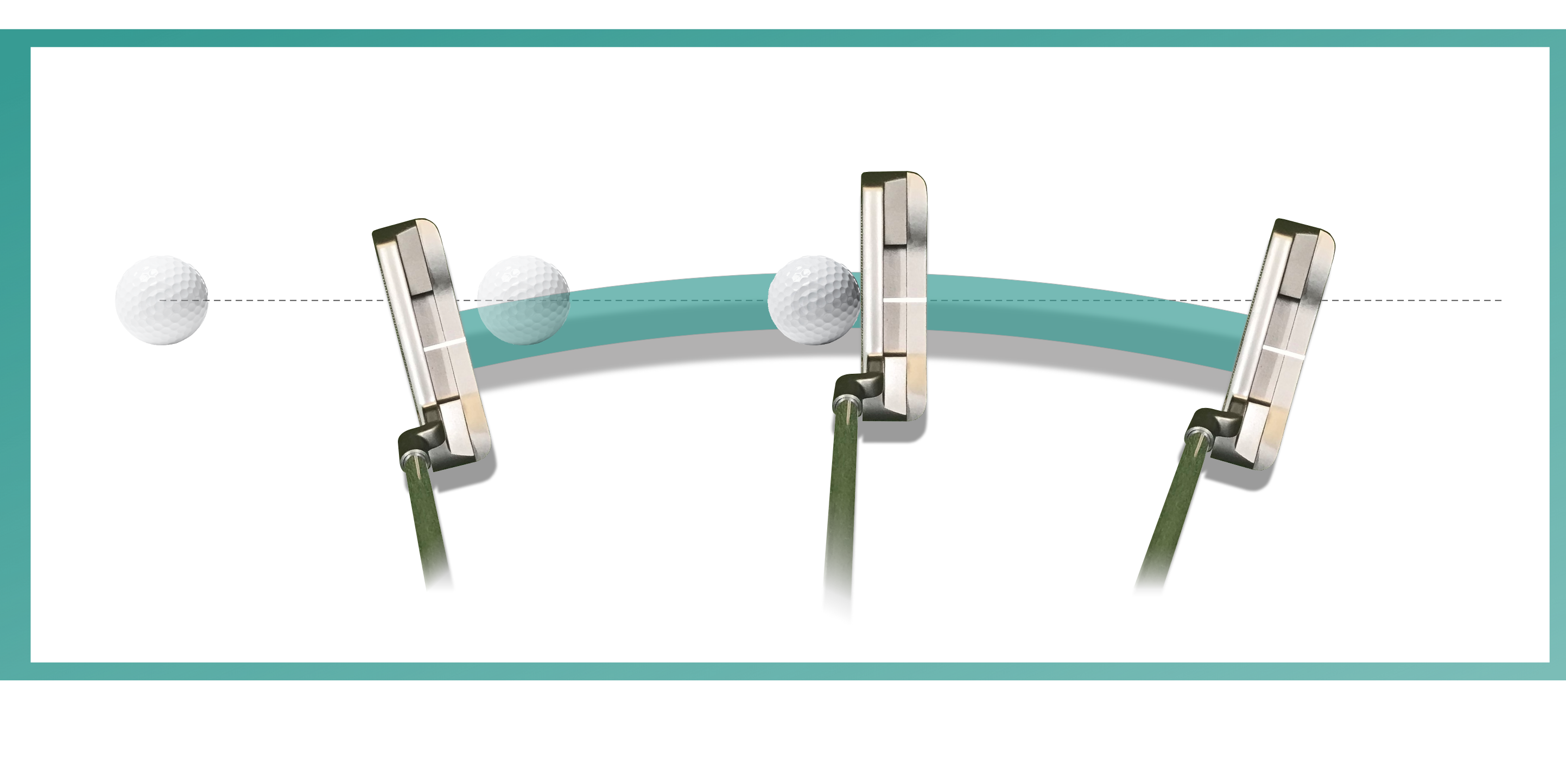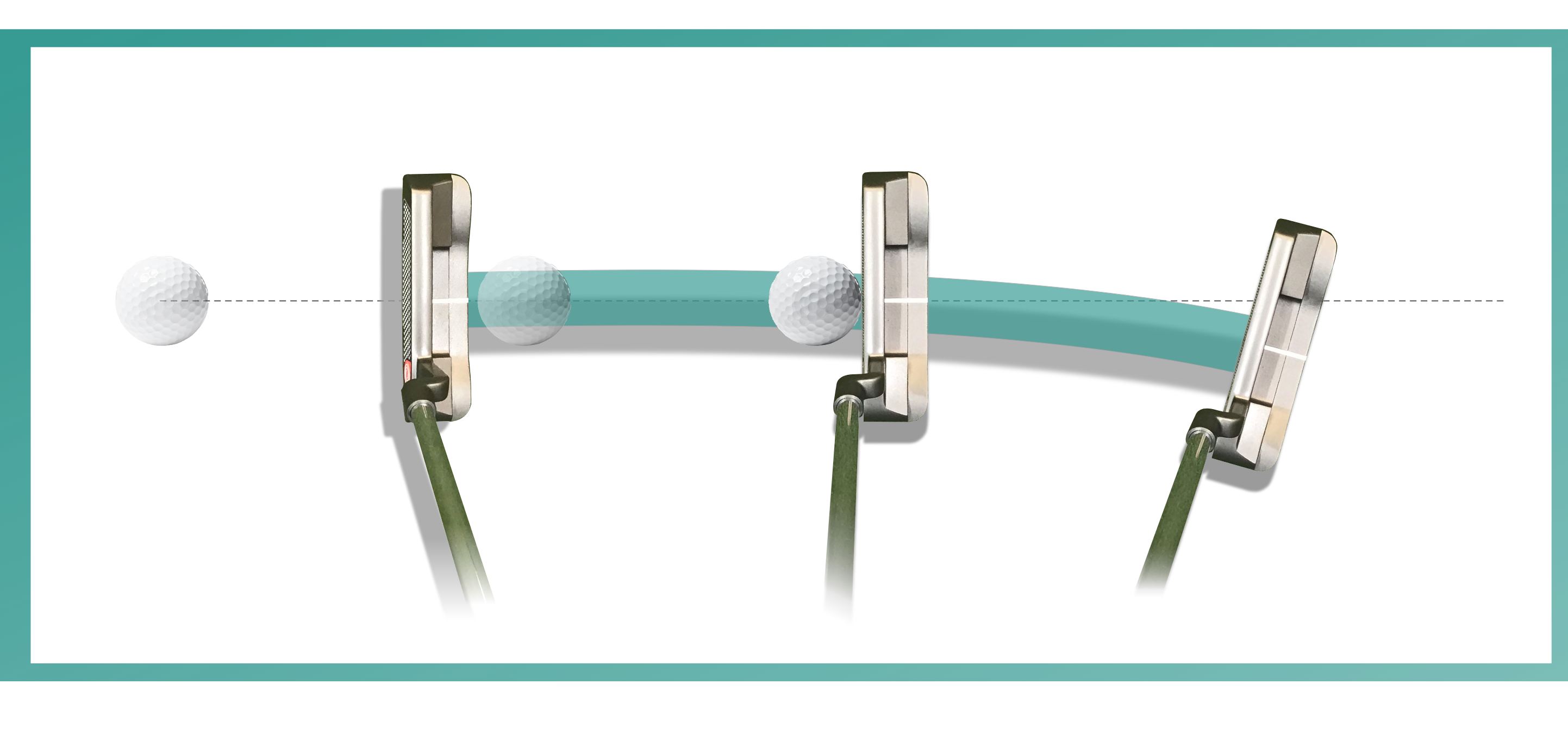SHORT GAME SERIES
STROKE KEYS
As I have mentioned earlier there are many aspects of putting that are based on personal preference. We want to establish as much feel and confidence with the putter as possible. Here I will go through some stroke keys that will help you better understand the stroke and improve your putting.
Engage the Shoulders
Putting does not require us to hit the ball significant distances. We want much more emphasis on control than power. There’s no need for us to create leverage and load in the arms and wrists like we would with an iron.
To accomplish this we want to control our putting stroke with our bigger muscles like the shoulders. This section of the body has limited motion compared to our hands and arms. This in turn allows us to have more control of the stroke.
A common fault I see amongst players who struggle with their putting is the lack on movement in their shoulders. They will often compensate for this by breaking the wrists and getting too ‘handsy’ with their putts.
Focusing on engaging the shoulders in a pendulum motion, and limiting the use of the hands, will allow us to better control the putter face and the speed at which we move the putter.
Club Paths
There are a 3 recommended stroke paths we can take the putter back and through. Again this is a motion that differs from player to player.
However it can be beneficial to use a combination of these strokes when faced with different types of putts on the course. I will discuss the different types of paths the club can travel on and when best to use a certain path.
Square to Square: In-line path
 This is where the putter moves straight back and straight through along the selected aim-line. We want to keep the putter head as square as possible throughout the entire stroke.
This is where the putter moves straight back and straight through along the selected aim-line. We want to keep the putter head as square as possible throughout the entire stroke.
Keeping the club face square throughout the stroke eliminates the need to re-square the putter face at impact. This can significantly simplify the putting motion.
However keeping the head perfectly square is a difficult motion to accomplish, and slightly opening or closing the face can result in the ball starting offline.
I recommend having a square to square path for shorter length putts. Because the club travels only a short distance, I like to see the face stay squarer to target for longer in order to avoid the need to re-square the putter head during the stroke.
Inside – Square – Inside: Arced Path
 This motion works inside the aim-line during the backswing, returns back to a square position at impact, then follows through inside of the aim-line.
This motion works inside the aim-line during the backswing, returns back to a square position at impact, then follows through inside of the aim-line.
This motion follows the natural arc produced when our shoulders rotate around the spine angle.
As the path arcs inside the aim-line on the way back the club face will effectively begin to face right of target. This will also cause the club to be returning to the ball on a slightly in-to-out path as the club returns to the ball.
This motion requires us to square the face back at impact which requires timing and could potentially demand us to manipulate our hands in order to re-square the club face.
An arced path will often be used for longer length putts, due to the putter traveling further and following the natural arced path our shoulders follow. This is why it is slightly more difficult to control the line of longer length putts.
Inside – Square – Square: Combination Path
 This motion follows the arced path on the backswing, but at impact the club head follows through along the aim-line.
This motion follows the arced path on the backswing, but at impact the club head follows through along the aim-line.
This path can be extremely beneficial for medium length putts. The arced backswing can help accommodate the extra distance the putter head needs to travel, in order to create more power in the putt.
The squarer follow through can help align the club face and get the ball rolling along our starting line.
I encourage you to experiment with each of these stroke paths. Again selecting a path is all down to personal preference, and what each individual player has more confidence with.
Stroke Height
As the putter begins the backstroke it will begin moving away from the ground. The distance it moves away from the ground will have a significant impact on how the ball will roll.
Keeping the club head low to the ground during the stroke will create a much more neutral angle of attack into the ball. This in-turn will help establish an end-over-end roll on the ball and reduce the amount of backspin/skid.
Eliminating backspin will allow the ball to roll more consistently across the putting surface, reacting in a similar fashion to how we initially read the putt.
